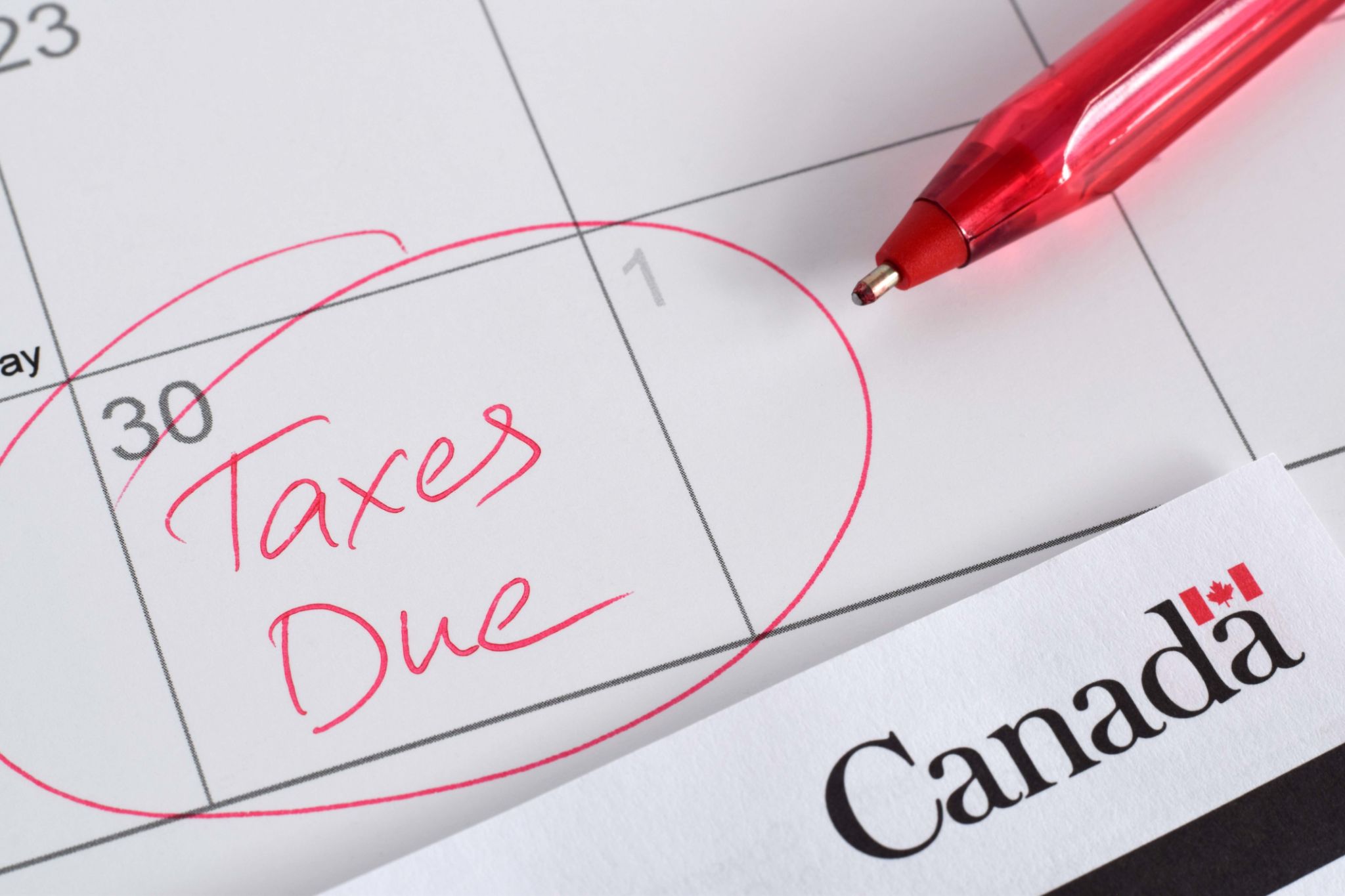Preparing for a 1031 Exchange: What Texas Investors Need to Know
Understanding the Basics of a 1031 Exchange
A 1031 Exchange, named after Section 1031 of the Internal Revenue Code, allows real estate investors to defer capital gains taxes on the exchange of like-kind properties. This can be a powerful tool for investors in Texas, offering the potential to build wealth over time. However, navigating a 1031 Exchange requires careful planning and understanding of the rules.
In essence, a 1031 Exchange permits investors to sell a property and reinvest the proceeds into a new property while deferring capital gains taxes. This tax-deferral strategy can help preserve more capital for reinvestment. It's important to note that strict timelines and criteria must be followed to qualify.

The Importance of Like-Kind Properties
One of the key requirements for a 1031 Exchange is that the properties involved must be “like-kind.” This doesn’t mean they have to be identical but rather similar in nature or character. For instance, a commercial building can be exchanged for another commercial property or even raw land. The flexibility in defining like-kind property is advantageous for investors looking to diversify their portfolios within Texas.
The like-kind exchange rule is broad, but it requires careful consideration to ensure compliance. Consulting with a qualified intermediary or tax advisor can help clarify any uncertainties regarding what qualifies as like-kind under IRS guidelines.
Key Timelines and Deadlines
Adhering to the specific timelines set by the IRS is crucial for a successful 1031 Exchange. Investors must identify potential replacement properties within 45 days of selling their original property. Furthermore, the purchase of the new property must be completed within 180 days. Missing these deadlines can lead to disqualification from the tax-deferral benefits.

It's beneficial for Texas investors to start planning even before listing their property for sale. Having a clear strategy and potential replacement properties in mind can make meeting these deadlines more feasible.
Selecting a Qualified Intermediary
A qualified intermediary (QI) plays a critical role in executing a 1031 Exchange. The QI holds the proceeds from the sale and facilitates the acquisition of the replacement property, ensuring compliance with IRS regulations. Choosing an experienced QI is vital as they guide investors through the complex process and help avoid costly mistakes.
Working with a reputable QI can provide peace of mind, allowing investors to focus on identifying and securing their replacement properties without worrying about procedural missteps.

Potential Challenges and Considerations
While a 1031 Exchange offers significant tax deferral benefits, it's not without challenges. Market conditions in Texas can affect property availability and pricing, impacting the selection of suitable like-kind properties. Additionally, investors must be prepared for the possibility of variations in property values between different regions within the state.
Investors should also consider any potential changes in tax laws that may affect future exchanges. Staying informed and seeking professional advice can help mitigate risks associated with these challenges.
The Role of Professional Guidance
Given the complexities involved in executing a 1031 Exchange, professional guidance from real estate attorneys, tax advisors, and experienced realtors is invaluable. These experts can provide insights into market trends and help identify viable investment opportunities that align with an investor's financial goals.
By leveraging professional expertise, Texas investors can confidently navigate the intricacies of a 1031 Exchange while maximizing their investment potential.